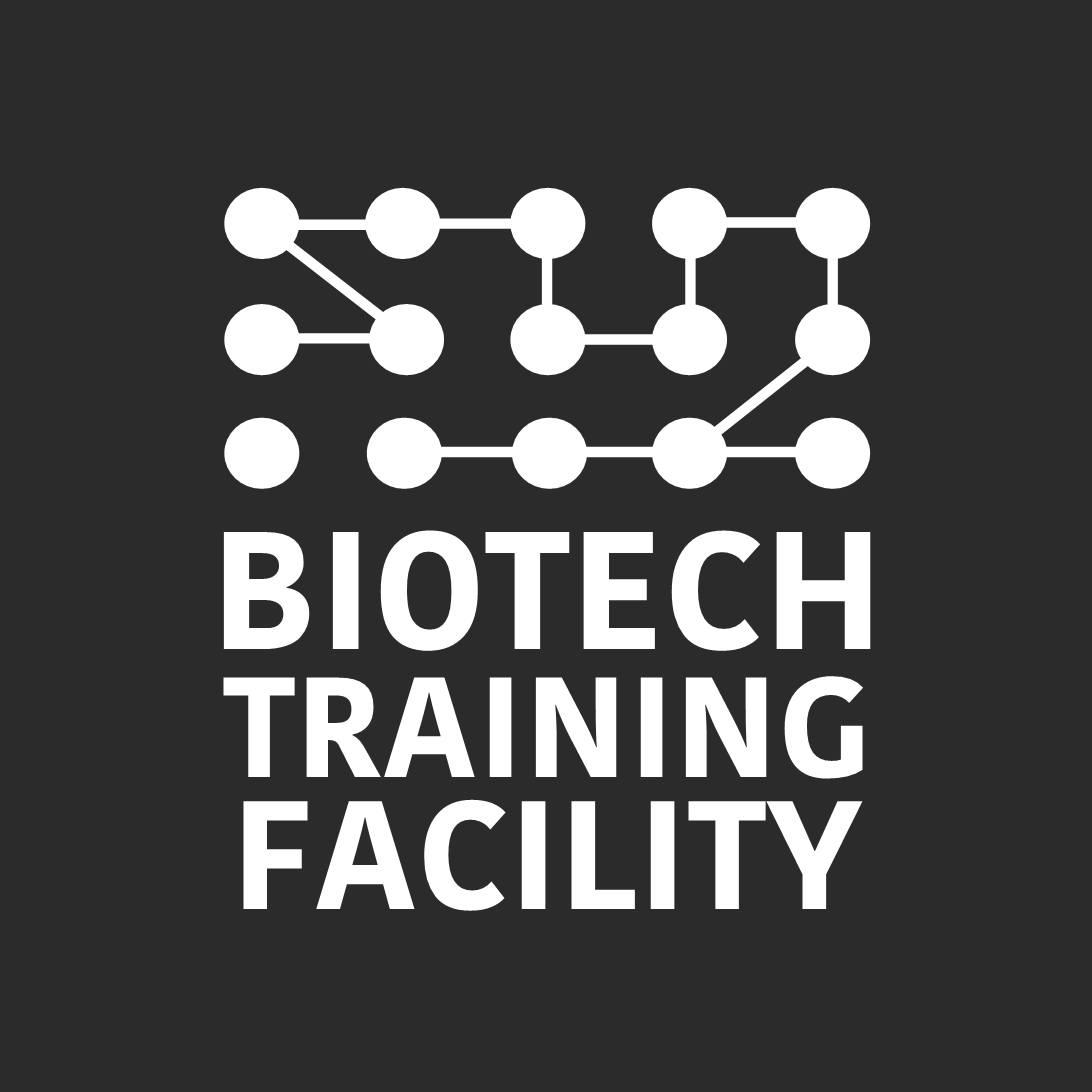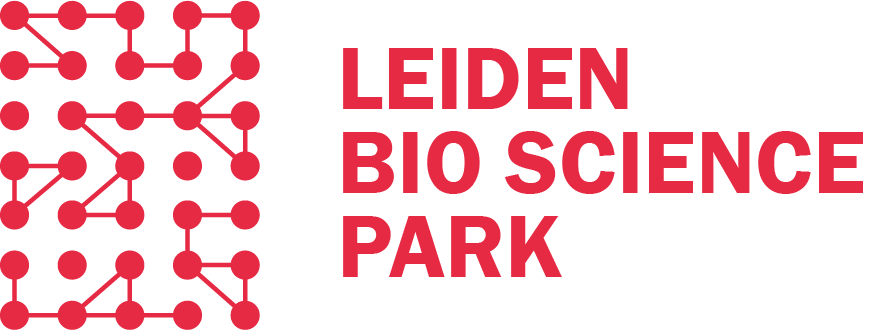Interviews
Interviewer - Lilian Vermeer
 |
Interview Ruud Verstegen - Byondis
|
Single-Use technology in biopharma manufacturing: one company's perspective
Ruud Verstegen, process engineer at Byondis, a Nijmegen-based clinical-stage biopharmaceutical research and development company, discusses his experience with single-use materials.
Single-use technology – products or solutions that are made from various forms of disposal plastic and intended for one-time use – has emerged as an important solution for biopharmaceutical companies. There are many advantages, including: elimination of cleaning needs and in-house sterilization requirements; reduced use of cleaning chemicals; fewer storage requirements; increased process flexibility and optimization; reduced cross contamination risks; and lower investment costs. But there are also challenges.
Byondis creates precision medicines targeting intractable cancers and autoimmune diseases. The company focuses on the development and production of monoclonal antibodies (mAbs), antibody-drug conjugates (ADCs) and small molecules. Verstegen is mainly involved in the production of investigative ADCs, therapies composed of a mAb that is linked via a chemical linker to a cytotoxic drug. The mAb binds to receptors found on cancer cells and the linked drug enters these cells, killing them without harming healthy cells.
The switch to single-use: flexibility, speed, EHS
Verstegen cites production process optimization as the main reason for Byondis’ increased use of single-use solutions over time. “In 2013, when we started producing monoclonal antibodies and antibody-drug conjugates, we didn't employ many different single-use materials,” says Verstegen. “Later on, with the addition of several production processes, we expanded our single-use options considerably.”
“Single-use materials provided more flexibility. For example, if we wanted to design a slightly different process, or switch to the production of new or different batches of medicines, we could do it faster,” he explains.
The risk of cross-contamination also played a role, according to Verstegen. “With single-use materials, our employees were better protected against the dangers of the toxic substances they often handle.” The cytotoxic drug in ADCs is delivered in powder form coupled to a linker-drug, which must first be dissolved in an organic solvent because it is poorly soluble in water. This can be a risky step for employees and is done in an isolator.
“Once dissolved, the risk is more manageable,” says Verstegen. “Then the conjugation part, in which the linker-drug is linked to the antibody and purified, can take place. As much as possible, these steps occur in fume hoods with single-use materials. These materials can be disposed of after use in special drums that are subsequently destroyed. In this way, employees do not have to clean and are therefore not in contact with hazardous materials.”
Single-use materials and the elimination of cleaning steps also optimizes production and benefits the environment. “Cleaning produces a lot of liquid waste streams that have to be collected and destroyed, with all the EHS (Environmental Health & Safety) requirements that this entails. After that, everything needs to be sterilized again. With single-use products, we eliminate all that,” Verstegen explains.
The challenges: continuity, compatibility
While the benefits of single-use systems far outweigh the risks, Verstegen identified some challenges that he and his team have encountered over the years, as well as solutions.
“You have to be flexible with your production plan. Before start, everything is carefully engineered. When introducing single use materials – for example, for certain filter steps, a mixing vessel or transfer to another vessel – we need to connect everything together. Not all the connections are the same and fit together so we have to find a solution. Moreover, there is usually little space in a fume hood and you really have to think and engineer carefully how to outline the production plan.”
“Another thing to take into account is that the organic solvent for dissolving the linker-drug is sometimes incompatible with the plastic in the single-use product and can therefore lead to leachables. To prevent this, we always request information from the manufacturer, but we also conduct tests ourselves,” says Verstegen.
Finally, there could be supply issues. According to Verstegen: “When choosing complex single-use products, you can become dependent on the supplier. And if that supplier is temporarily unable to supply a product or product component like we have seen during the Covid period, or if they make a component change, you have a problem. So you have to figure out the consequences for your production process and come up with a solution.”
“Single-solution technology can save time, money, avoid risks and benefit the environment,“ says Verstegen. “While it requires careful planning, coordination and at times, troubleshooting, it’s well worth the effort,” he concludes.
|
|
Interview John Rook - Lonza
|
The use of Single Use in large scale manufacturing
The Hybrid Approach
John Rook works for Lonza as a process expert assisting the start-up of the new large scale manufacturing site in Visp, Switzerland. “We will be producing biologics for customers using a hybrid approach, which means using both single use systems as well as stainless steel.” In his lecture he will talk about the new facility and the pros and cons of single use systems.
Rook has held diverse positions at different CDMO´s, big pharma companies, as well as start-up companies in his more than 20 years of experience in biologics development and manufacturing. He remembers the first time he started working with single use systems at DSM biologics: “We heard a strange noise in our single use bioreactor. It appeared that the propellors had fallen off the shaft because the epoxy resin was not good. Another time the material of the reactors influenced the growth of the cells negatively because of leachables and extractables. The systems and materials have been improved a lot through the years. Today, in many cases, single use technology is a better choice than stainless steel. However there is a tipping point in scaling up where it becomes more economical to choose stainless steel. It’s just a matter of doing calculus, but it also depends on the size of vessels available.”
Hybrid approach
In the new large scale manufacturing facility in Visp a hybrid approach has been chosen. For the production of smaller quantities of biologics, single use bioreactors (up to 1000 litres) and components will be used. Single use technology makes the production more flexible because the changeover between the production from one type of product to another is much faster. However single use bioreactors are not yet available in larger sizes like 5000 and 20.000 litres. For these larger quantities of biologics, stainless steel vessels will be used. Also using stainless steel is sometimes more economical.
Flexible
The way in which the factory in Visp is being built is another way of being flexible. Lonza developed a modular manufacturing concept called Ibex®️. This means that it is not known in advance what will be produced in the different modules of the factory and so they are empty. The modules will be developed with the future customer demand or market need at the moment of project commencement. “It makes you very flexible in situations like a pandemic (COVID-19) where there’s a sudden need to produce large quantities of medicine.”
Standardization
Although there are clearly numerous benefits to implementing single use technology, there are still some challenges, such as equipment compatibility and lack of standardization, as Rook experienced. “Every producer manufactures their own single use components like bioreactors, sensors and connectors, which do not always fit to components of other producers. That makes it very complex and also logistically challenging, especially if you are a worldwide company like Lonza,” he says. “Standardization might help to reduce complexity and support safe and sustainable biologics manufacturing.”
 |
Interview Tim Jaarsma - IMI Adaptas
|
Innovation Support and Growth hub - automation in bioprocessing
“We are looking at production processes in cell and gene therapy that have so far mainly been done manually,” says Tim Jaarsma of IMI. “Together with companies that are active in this field, we analyze the risks that occur in the manual processes by which batches are lost and think about what kind of products we can develop to automate the actions.”
Tim Jaarsma talks about the development of products within the Growth Hub, an innovation platform of IMI in which solutions and/or new products are developed together with the customer based on problems from the market. IMI is an engineering company that focuses on industrial automation, transportation and life sciences. Jaarsma is involved in bioprocessing within the life sciences section.
“By talking to R&D persons from life science companies or via a questionnaire that can be filled in online on our website, we learn about the problems that people encounter”, says Jaarsma. “By collaborating with them on new developments, we help to bring products to the market faster.”
Mass flow controller
“For example, we have developed a miniaturized mass flow controller for bioreactors to dose the supply of gases. Comments from the market indicated that customers considered the existing mass flow controllers rather large and expensive. Since we produce special valves in our facility in Switzerland that are also used in other mass flow controllers, we already possessed the knowledge and facilities. On the inside of such a controller there is a proportionally switched valve that ultimately regulates the flow. It also contains a piece of electronics and a sensor. By connecting it to a bioreactor, various gases can be supplied. In order to be able to dose several gases at the same time, we have built a valve island on which several valves are located next to each other, each of which ensures the dosing of a different gas.”
Pinch valve
A pinch valve has also been developed on which a special io-link sensor has been built that provides a visual indication of the status (open/closed) of the valve. Pinch valves are used, for example, in downstream processing, where waste products are removed and buffers are supplied for ultrafiltration. Valves are needed to direct those fluids in a certain direction to supply something or control the pH. The valves only come into contact with the outside of the hoses through which the fluid flows. They are therefore both suitable for single use and multi use. However they are especially suitable for applications requiring a high level of hygiene control since a key feature of the valve is that it has no dead volume where fluid can get trapped.
Follow us on LinkedIn
Single Use Event 2024
 Registration website for Single Use Event 2024
Registration website for Single Use Event 2024Alea Publishersbasvandenengel@aleapublishers.nl
Alea Publishersbasvandenengel@aleapublishers.nlhttps://www.single-use.nu/153299
2024-09-10
2024-09-10
OfflineEventAttendanceMode
EventScheduled
Single Use Event 2024Single Use Event 20240.00EUROnlineOnly2019-01-01T00:00:00Z
CORPUSCORPUSWillem Einthovenstraat 1 2342BH Oegstgeest Netherlands






